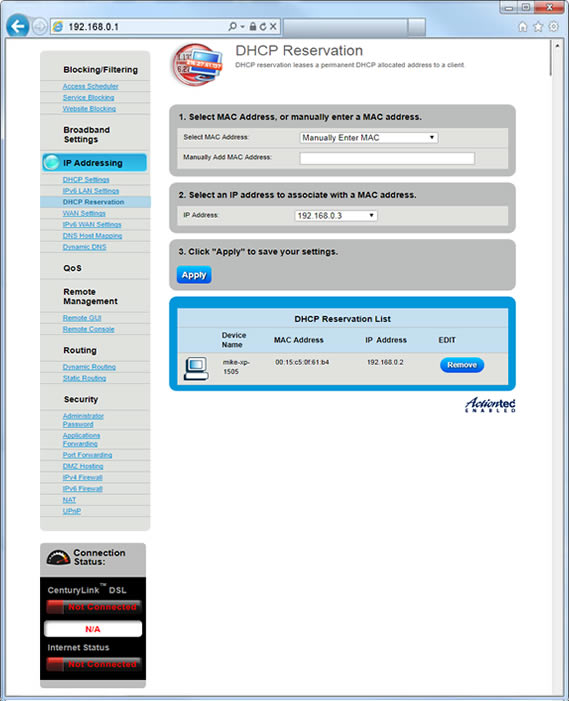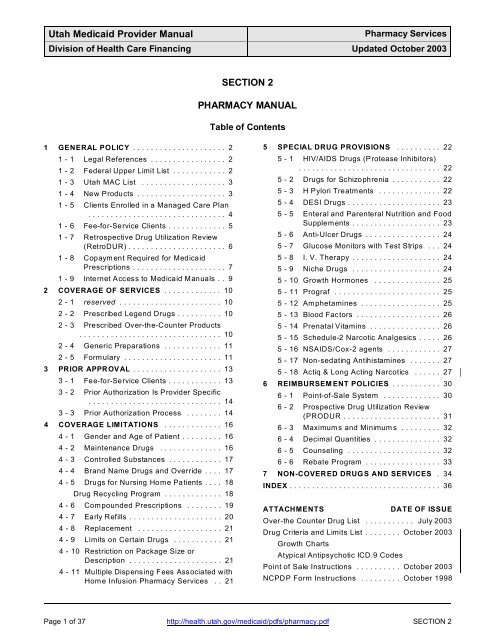
After restarting the Mac; After manual log-out; When waking from sleep; After the screen saver; The rationale for this is to enable unlock/login without the user typing her login/password manually. Having modified the system.login.console rule I got the authorization plugin invoked on 1) and 2) events but not on 3) and 4) ones. MacBook Pro, Mac OS X (10.7.5) Posted on Mar 13, 2013 1:02 PM. Reply I have this. About authorization and deauthorization. Posted on Mar 13, 2013 1:04 PM.
- Java Cryptography Tutorial
- Message Digest and MAC
- Keys and Key Store


- Generating Keys
- Digital Signature
- Cipher Text
- Java Cryptography Resources
- Selected Reading
MAC (Message Authentication Code) algorithm is a symmetric key cryptographic technique to provide message authentication. For establishing MAC process, the sender and receiver share a symmetric key K.
Essentially, a MAC is an encrypted checksum generated on the underlying message that is sent along with a message to ensure message authentication.
The process of using MAC for authentication is depicted in the following illustration −
In Java the Mac class of the javax.crypto package provides the functionality of message authentication code. Follow the steps given below to create message authentication code using this class.
Step 1: Create a KeyGenerator object
The KeyGenerator class provides getInstance() method which accepts a String variable representing the required key-generating algorithm and returns a KeyGenerator object that generates secret keys.
Create KeyGenerator object using the getInstance() method as shown below.


Step 2: Create SecureRandom object
The SecureRandom class of the java.Security package provides a strong random number generator which is used to generate random numbers in Java. Instantiate this class as shown below.
Step 3: Initialize the KeyGenerator
The KeyGenerator class provides a method named init() this method accepts the SecureRandom object and initializes the current KeyGenerator.
Manual Mac Authorization Form
Initialize the KeyGenerator object created in the previous step using this method.
Step 4: Generate key
Generate key using generateKey() method of the KeyGenerator class as shown below.
Step 5: Initialize the Mac object
The init() method of the Mac class accepts an Key object and initializes the current Mac object using the given key.
Step 6: Finish the mac operation
The doFinal() method of the Mac class is used to finish the Mac operation. Pass the required data in the form of byte array to this method and finsh the operation as shown below.
Example
The following example demonstrates the generation of Message Authentication Code (MAC) using JCA. Here, we take a simple message 'Hi how are you' and, generate a Mac for that message.
Manual Mac Authorization Download
Output
Manual Mac Authorization App
The above program will generate the following output −
